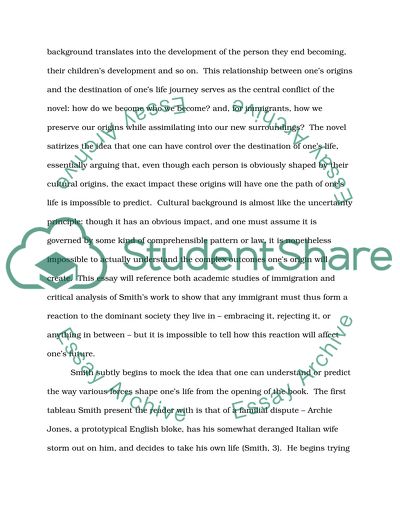Cite this document
(“The Effect of Heritage and Culture on the Characters of the novel, Research Paper”, n.d.)
The Effect of Heritage and Culture on the Characters of the novel, Research Paper. Retrieved from https://studentshare.org/literature/1596459-the-effect-of-heritage-and-culture-on-the-characters-of-the-novel-white-teeth-by-zadie-smith
The Effect of Heritage and Culture on the Characters of the novel, Research Paper. Retrieved from https://studentshare.org/literature/1596459-the-effect-of-heritage-and-culture-on-the-characters-of-the-novel-white-teeth-by-zadie-smith
(The Effect of Heritage and Culture on the Characters of the Novel, Research Paper)
The Effect of Heritage and Culture on the Characters of the Novel, Research Paper. https://studentshare.org/literature/1596459-the-effect-of-heritage-and-culture-on-the-characters-of-the-novel-white-teeth-by-zadie-smith.
The Effect of Heritage and Culture on the Characters of the Novel, Research Paper. https://studentshare.org/literature/1596459-the-effect-of-heritage-and-culture-on-the-characters-of-the-novel-white-teeth-by-zadie-smith.
“The Effect of Heritage and Culture on the Characters of the Novel, Research Paper”, n.d. https://studentshare.org/literature/1596459-the-effect-of-heritage-and-culture-on-the-characters-of-the-novel-white-teeth-by-zadie-smith.


